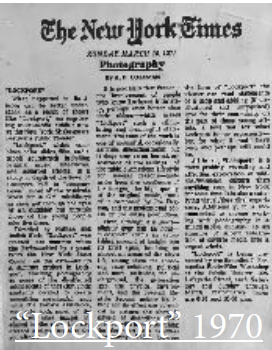Nathan Farb
Multimedia Artist
“These photographs are filled with the visual equivalent of linguistic leaps of allusion and reference. They overflow with double entendres, puns, and metaphors. Like poetry, the images first disorient and the reorient the viewer’s point of view. They change us - when we stand before them, the pictures don’t move; we do. Farb’s drama, implicit in a single image, is tectonic in scale and has been measured microscopically. It’s as if his photographs provide us with x-ray vision, opening to our eyes the ground we stand not only on, but simultaneously in.” - Russel Banks
In 1966, Nathan Farb, started searching for his father who committed suicide in 1940, He bought a camera and started making pictures on the streets and the parks of NYC’s East Village. Those photographs were made for an unpublished book Summer of Love. Some of the pictures were used in a NY Times photo blog in 2017. Farb’s photos from that era burst on to the international stage in 67 with the murders of Groovy Hutchins and Linda Fitzpatrick.
In 1971 Farb’s critical acclaimed multimedia work made with collaborating young people from Lockport, NY was shown at Joe Papp’s Public Theater. Farb then created a photography/multimedia program in the highly experimental Art and Music Department at Livingston College, Rutgers University.That Art and Music department became a cornerstone of The Mason Gross School of the Arts.
In 1975 Farb represented the United States on a Cultural Exchange program to Romania, and in 1977 he was sent to the USSR to represent the US in Novosibirsk, Siberia. There he used several cameras and Polaroid Positive/Negative film. He sent his negatives out of the USSR using the US diplomatic pouch unbeknownst to US officials. They were a revealing set of portraits of that society which showed how intensely the young people were yearning to be rid of communism mixed with images that Russian writers said were characters straight out of the great Russian classics. Those portraits were published in magazines worldwide and a book of 80 of the pictures were published in Germany, France, Italy, Holland and the US. The NY Times bought the magazine rights to those images and a jumbo print 50” x 70” of “The Party Chiefs” from that series was acquired by MoMA and hung there for 15 years.
After Esme’, Farb’s daughter was in a horrible auto accident, he returned to his boyhood home, the Adirondack Mountains to reflect and renew himself. He spent as much time as possible in the wilderness, working to create mandalas to help induce meditation for himself and others. Over the next 20 years, Rizzoli published 3 books, cataloguing those 8” x 10” transparencies. That work was seen around the world prior to the internet. Because of his keen interest in the natural world, the NY Times Magazine then sent him to document the Exxon oil spill, and the Yellowstone Fires, He also made 3 trips to the Galapagos Islands for the Times and published a Rizzoli book and a Disney book on the Galapagos. He was featured on CBS Sunday Morning with Charles Osgood and featured several times on WNYC with Lenard Lopate. He was has been given honorary Doctor of Arts degrees by St. Lawrence U and The State University of New York. The J. Paul Getty Museum in LA recently acquired some of his portraits from the USSR. Farb did a piece on Jimmy Carter for Clay Felker that Rupert Murdock killed as soon as he bought NY Magazine.
He is currently working on multimedia pieces about the transcendental connection between the natural world and our spiritual existence.








